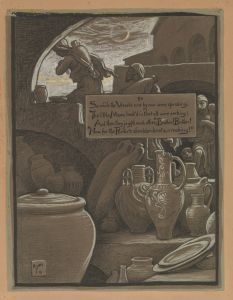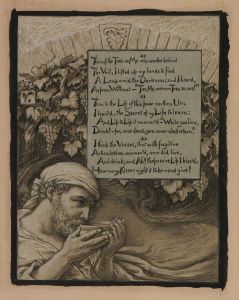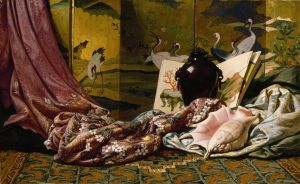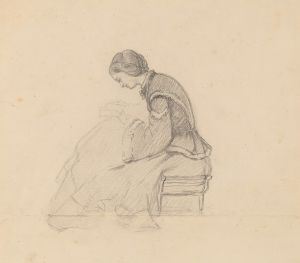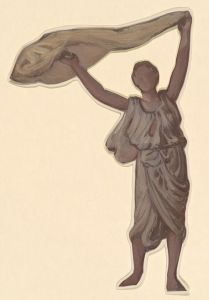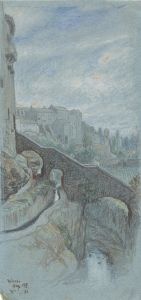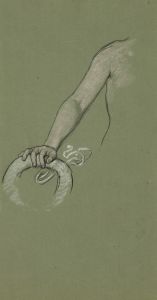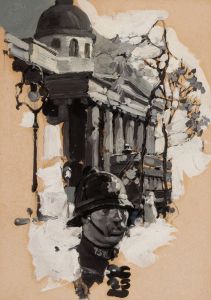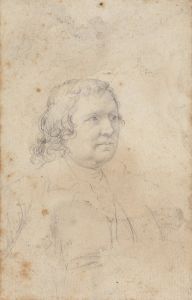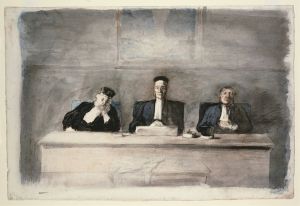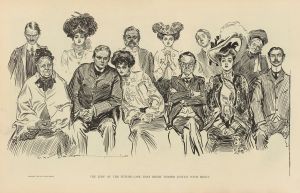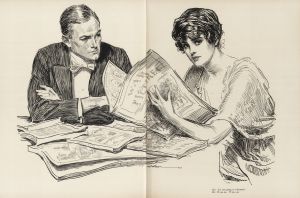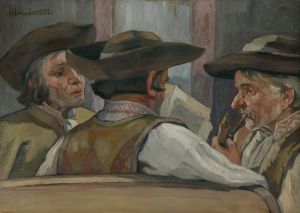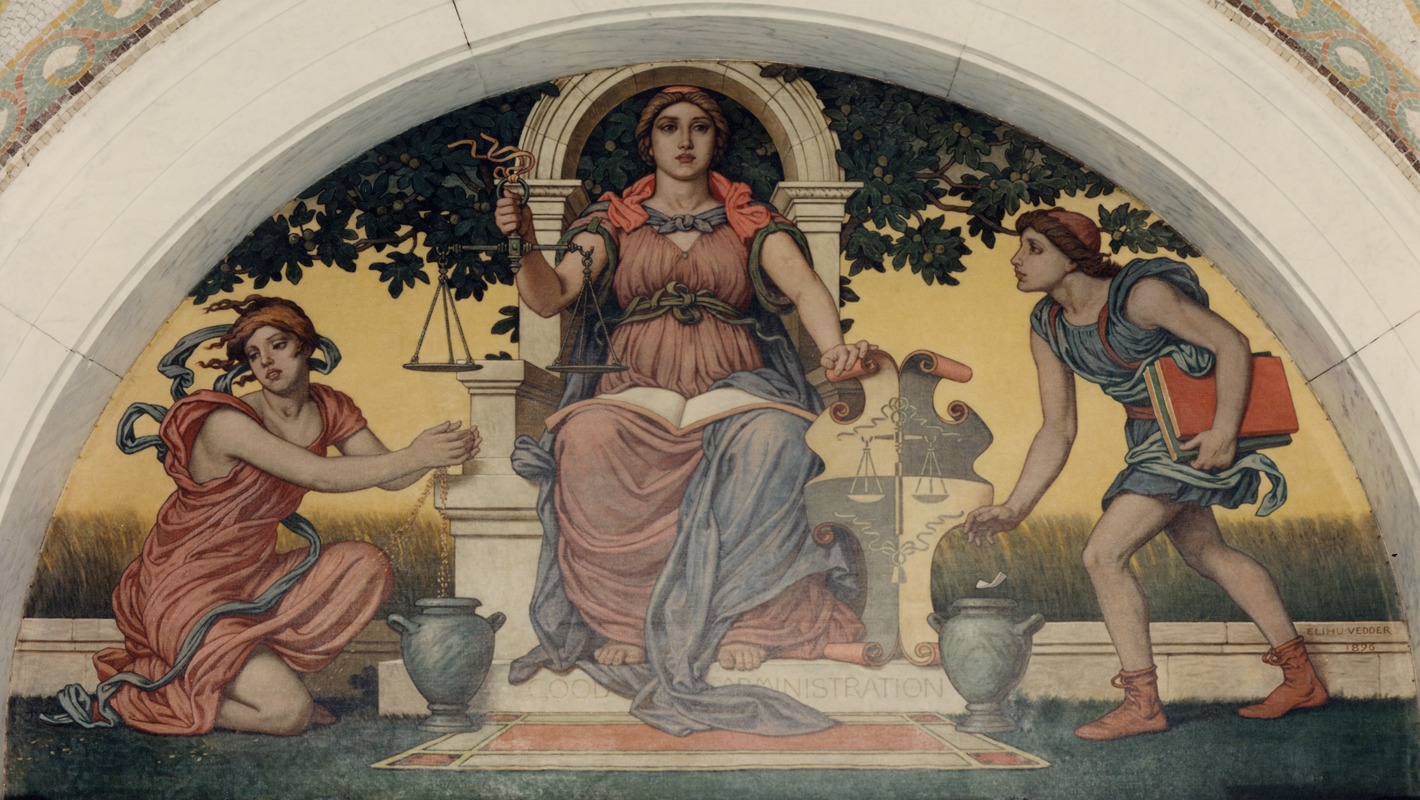
Good administration mural
A hand-painted replica of Elihu Vedder’s masterpiece Good administration mural, meticulously crafted by professional artists to capture the true essence of the original. Each piece is created with museum-quality canvas and rare mineral pigments, carefully painted by experienced artists with delicate brushstrokes and rich, layered colors to perfectly recreate the texture of the original artwork. Unlike machine-printed reproductions, this hand-painted version brings the painting to life, infused with the artist’s emotions and skill in every stroke. Whether for personal collection or home decoration, it instantly elevates the artistic atmosphere of any space.
The "Good Administration" mural is a work by the American artist Elihu Vedder, created as part of the decorative program for the Library of Congress in Washington, D.C. Vedder, a prominent artist of the late 19th and early 20th centuries, was known for his allegorical and symbolist works, and his contributions to the Library of Congress reflect these themes.
The mural is located in the Southwest Corridor of the Library's Thomas Jefferson Building, which opened in 1897. As part of the building's elaborate decorative scheme, the mural was commissioned to embody ideals of governance, knowledge, and civic virtue. "Good Administration" is one of several panels painted by Vedder that explore abstract concepts through allegorical representation.
In this mural, Vedder employs classical symbolism to depict the concept of effective and just governance. The central figure, often interpreted as an allegory of Good Administration, is shown seated and surrounded by various symbolic elements. The figure holds a tablet or book, which may represent law, wisdom, or record-keeping, essential components of good governance. The composition is balanced and harmonious, reflecting the stability and order associated with the theme.
Vedder's murals in the Library of Congress, including "Good Administration," are executed in the Beaux-Arts style, which was prevalent in American public architecture and art during this period. The style emphasizes grandeur, symmetry, and the use of classical motifs, aligning with the Library's overall architectural design.
The Thomas Jefferson Building itself was designed to serve as a national symbol of knowledge and culture, and the murals and decorations were intended to reinforce this purpose. Vedder's contributions, including "Good Administration," are part of a larger effort to celebrate the ideals of democracy, education, and civic responsibility.
Elihu Vedder's work in the Library of Congress remains an important example of American mural painting from the Gilded Age. His ability to convey complex ideas through allegory and symbolism has made his murals enduring features of the Library's artistic and cultural heritage.





